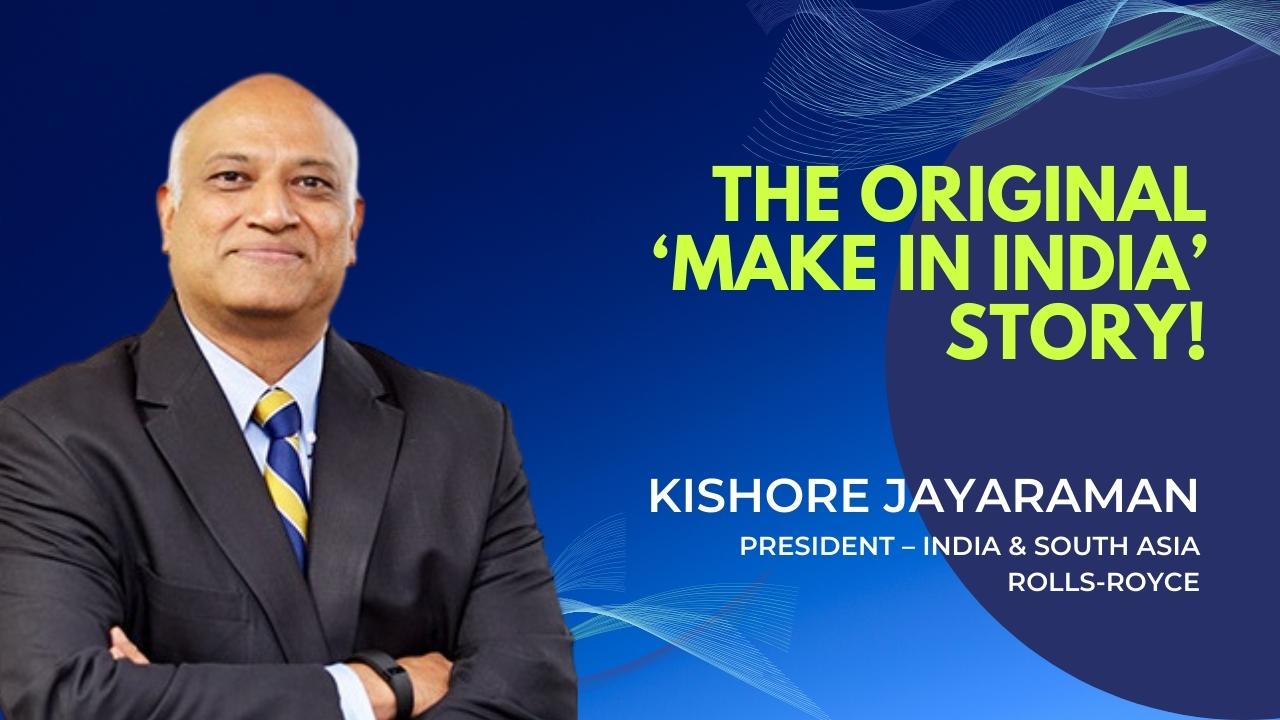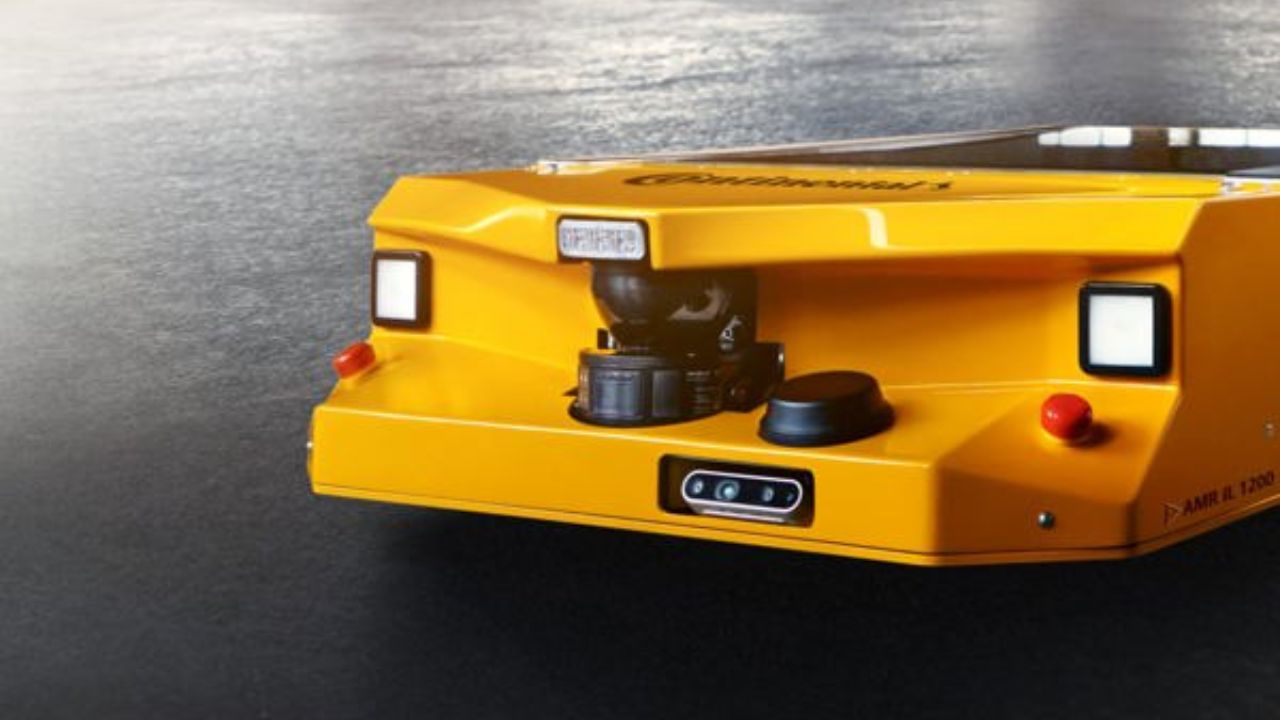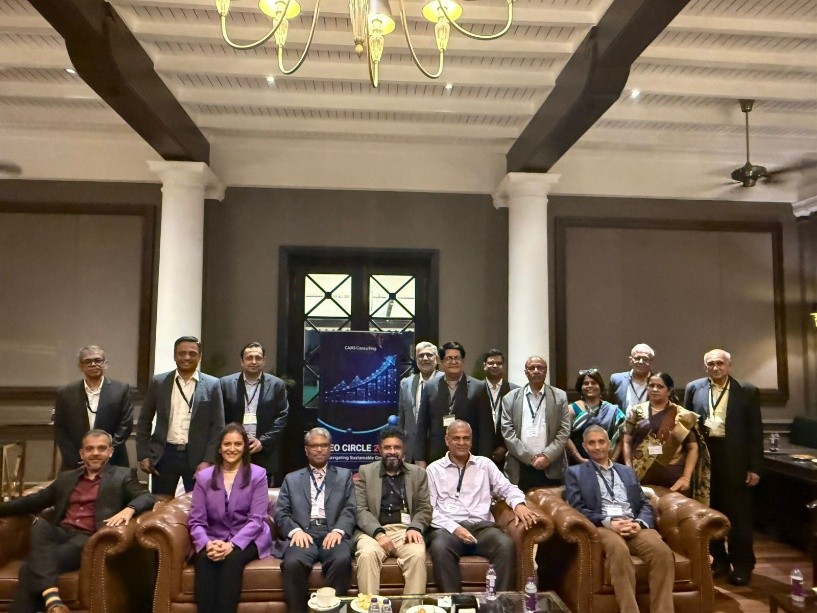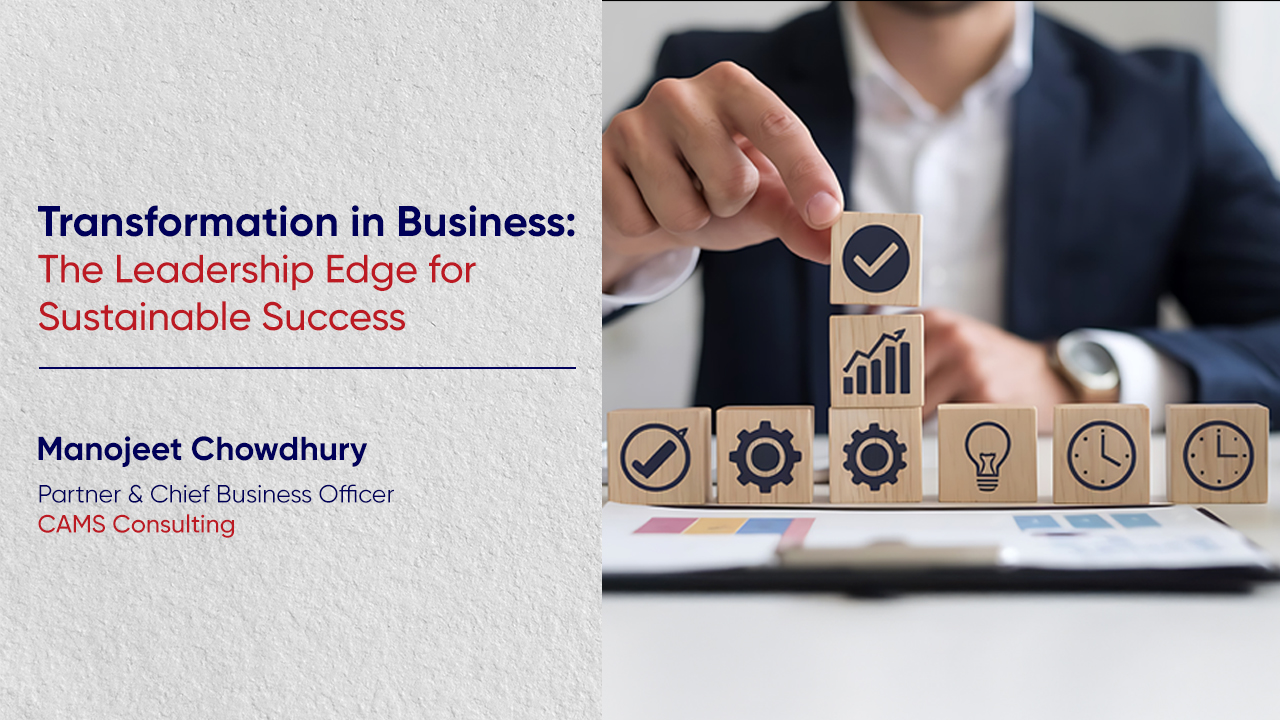Beyond the Buzz: Building the Manufacturing Digital Twin
#ArtificialIntelligence #AI #SmartManufacturing #Industry40 #IndustrialAI #IITBombay #ManufacturingTech #AIinManufacturing #AppliedAI #FactoryOfTheFuture #AsimTewari“You don’t lack data. You lack connected, clean, and contextual data. And that’s as good as having none.”- Prof. Asim Tewari, Department of Mechanical Engineering, IIT Bombay.
April 2025 : In Episode 3 of his ongoing series, Prof. Asim Tewari takes on a topic often discussed but rarely understood with clarity: data-driven manufacturing transformation. His message? The real barrier isn’t AI, it’s fragmented data and the way we handle it.
The Illusion of Data Abundance
Manufacturers often claim they’re “sitting on data goldmines.” But Prof. Tewari challenges this belief. “Once you start digging,” he says, “you realize either key data is missing, or worse—completely disconnected.” He recounts the case of a major steel and cement conglomerate with six different ERP systems—none of which talk to each other. The result? The same customer is treated as different entities across sites. In manufacturing, this lack of unified data not only breaks visibility but also blocks meaningful AI deployment.
Why Bigger ERP Isn’t the Solution
Many assume integrating all systems into a massive ERP will solve the problem. But Prof. Tewari disagrees. “You acquire a new company, and you're back to square one—paying again to stitch systems together. Tables don’t match, architectures differ, and critical data columns don’t align.”
His proposed solution is an XGen AI model—an expert generative AI engine that can abstract a cohesive view from fragmented, heterogeneous datasets. Rather than enforcing uniformity, this system creates a virtual single source of truth, without replacing existing systems.
Big Data Isn’t Just Big—It’s Fast, Diverse, and Dirty
According to Prof. Tewari, there are four realities of modern industrial data:
● Volume – Terabytes and petabytes accumulating daily.
● Velocity – Data flows rapidly in real-time streams.
● Variety – From sensor readings and logs to images and video.
● Veracity – Many data sets contain errors, mislabels, or inconsistencies.
To make AI work, manufacturers must move beyond storing data—they must understand it, clean it, and connect it.
Supervised and Unsupervised: Making Sense of Data
Tewari explains two broad categories of industrial data:
1. Supervised Data – Where input-output relationships are known. Ideal for predicting product quality, production volumes, or energy consumption.
2. Unsupervised Data – Where only raw input exists. This is where most manufacturers struggle. “This is what I call Type 2 ignorance—you don’t know what you don’t know,” he says. “And AI’s strength is in discovering unknown patterns where humans wouldn’t even think to look.”
Using unsupervised learning, AI can detect subtle shifts in sensor behavior, operator patterns, or process anomalies before they become defects.
From Prediction to Prescription to Control
Predictive analytics is only part of the journey. What manufacturers truly need, Prof. Tewari insists, is prescriptive AI—systems that not only detect and predict, but also recommend actions
And beyond that? Closed-loop control.
AI systems must eventually take corrective action autonomously—altering machine parameters, adjusting process speeds, or shutting down risky operations without waiting for human intervention. This leap requires high-trust systems embedded deeply in the plant’s architecture.
The Rise of the True Digital Twin
Prof. Tewari warns against misusing the term “digital twin.” A 3D model isn’t a twin. A dashboard isn’t a twin. “A real digital twin,” he explains, “has six dimensions: the machine, the environment, the 3D model, real-time data connectivity, AI-based simulation, and internet/world awareness.”
His lab at IIT Bombay has built such twins for CNC machines, die-casting systems, and even full digital factories—linking machine data, process insights, and supply chain intelligence into one adaptive model. These twins not only predict but prescribe and optimize in real-time—bridging the digital and physical worlds.
Prof. Tewari’s message is clear. Manufacturing leaders must stop treating data and AI as siloed initiatives. Instead, they must
● Audit and clean their data systems.
● Adopt expert AI that respects engineering constraints.
● Invest in real digital twins—not piecemeal simulations.
Because in the factories of the future, it won’t be AI vs humans. It’ll be AI-augmented humans and systems leading the charge.
NEWSLETTER
TRENDING ON PRO MFG
MORE FROM THE SECTION





.png)


